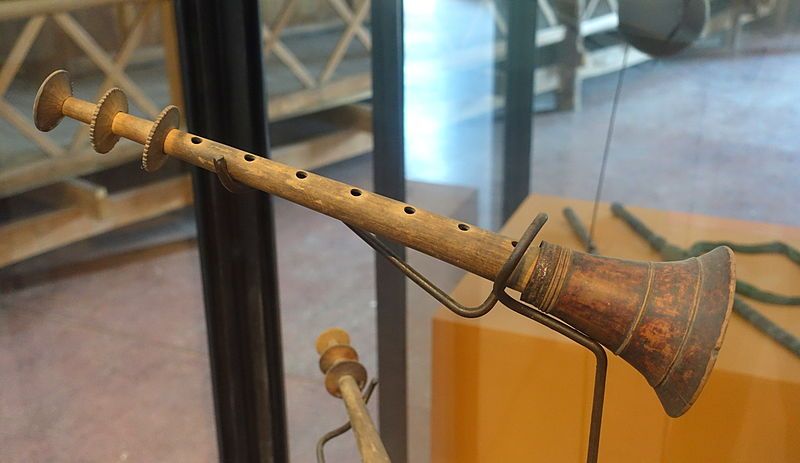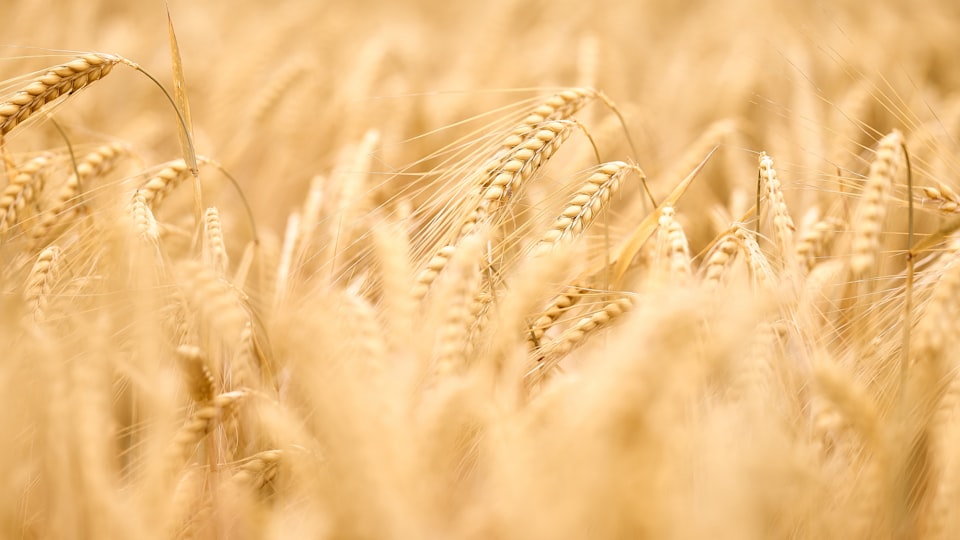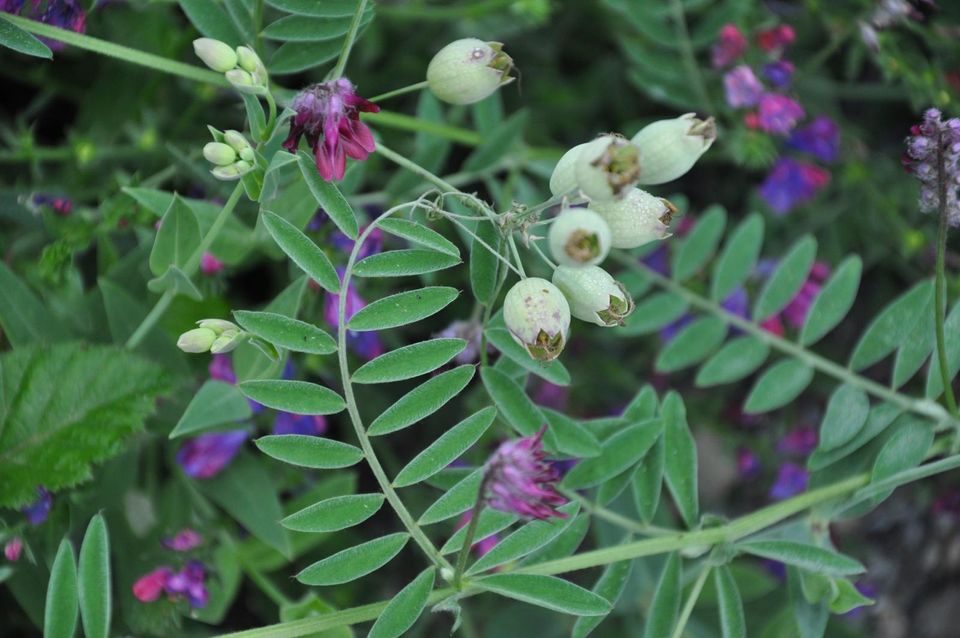VIII: Vetchling
The terrible toll of permanent paralysis.

Good morning. Today is octidi, the 18th of Messidor, Year CCXXXI. We celebrate la gesse, a wild species of pea cultivated as much for its flowers as its vegetable.
💡
A lot of the beauty of climbing vine peas got covered back when we encountered the aardaker, or tuberous pea. Today's pea is in the same family, but the French word specifies the hairy vetchling, one of the unloveliest names possible in English for a pretty little flower. The hairs are only present on the pea pod, and the flower tends to be a periwinkle hue.
There's a reason that the vetchlings highlighted on the calendar are so specific in their species names. While today's hairy vetchling and Brumaire's tuberous pea are perfectly safe to eat, most of the other species in the so-called "wild pea" family of Lathyrus are the culprit in one of the oldest paralysis diseases in the written record.



